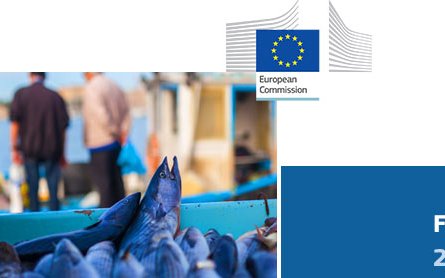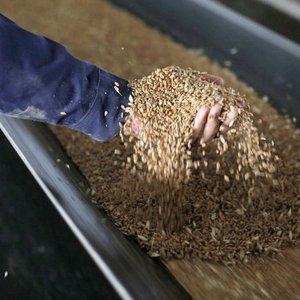EUMOFA released the 2020 edition of “The EU Fish Market” that aims at providing an economic description of the whole European fisheries and aquaculture industry. This edition is based on data available as of June 2020.
EU household expenditure on fisheries and aquaculture products continues to increase
2019 registered the highest consumer prices for fisheries and aquaculture products ever. Since 2014, they have been growing at a much faster pace than in previous years. From 2018 to 2019, household expenditure increased in all EU member states, reaching €56,6 billion, a 3% increase from both 2018 and ten years ago. Italy had the highest level of total expenditure, while Spain registered the highest increase. From 2015 to 2018, household consumption of fresh products has followed a decreasing trend in the top-12 consuming EU countries. However, 2019 saw an increase of 0,3% in volume and 3% in value.
The EU trade deficit for fisheries and aquaculture products continues to rise
The EU was the second-largest trader of fisheries and aquaculture products after China in 2019. Imports and exports between the EU and the rest of the world reached 8.55 million tons, with a value of €33 billion. A slightly higher deficit than the previous year was registered at €21 million; since 2010, the deficit grew by 33% in real terms.
Decreased supply and consumption of fisheries and aquaculture products
Due to declining production from both fishery and aquaculture sectors, the EU supply for human consumption decreased by 0.7% in 2018 in comparison with the previous year. Nevertheless, supply reached 14.72 million tons of live weight, one of the highest figures in ten years. Consumption declined for the three most consumed species - namely tuna, salmon and cod. In contrast with the general trend at the EU level, Malta observed a significant per capita consumption growth, largely driven by increased imports.
Fisheries and aquaculture sectors significantly impacted by the COVID-19 crisis
The hotel, restaurant, and catering (HoReCa) sector was more affected by the COVID-19 pandemic than any other sector. The processing sector also faced significant challenges, such as the establishment of safe working conditions to avoid the spread of COVID-19 among workers. In the fishing sector, fisheries targeting species typically sold fresh were also noticeably impacted. However, the pandemic has had a negligible impact on small pelagics, as these are mainly processed into frozen products, and their market prices remain relatively low. The areas of the processing sector that produce durable products and target the retail sector have performed the best during the pandemic.
Key dynamics of major species
Salmon: Imports reached an all-time high in 2019. Aside from continued strong demand for salmon on the EU market, a further key driver behind the increase in imports was a combined 8% growth in salmon production in the Faroe Islands, Iceland and Norway. Salmon production in the EU was also estimated to grow by 24% from 2018 to 2019.
Alaska pollock: Imports remained stable from 2018 to 2019, but significantly higher prices on the EU market resulted in the import value increasing by 25% from 2018 and reaching €838 million in 2019.
Tuna: Imports of whole tuna continued to decrease in 2019, while imports of fillets followed an upward trend that saw annual increases of 10% on average between 2016 and 2019.
Atlantic mackerel: In the first seven months of 2020, export prices from the EU to non-EU countries were relatively high (1,62 €/kg for fresh or frozen whole mackerel), despite the total allowable catch (TAC) being significantly higher in 2020 than in 2019.
Seabass and seabream: Imports from Turkey increased by 15% from 2018 to 2019, and their price decreased by 4% on average. EU production of both species remained relatively stable.
Download the report here.










